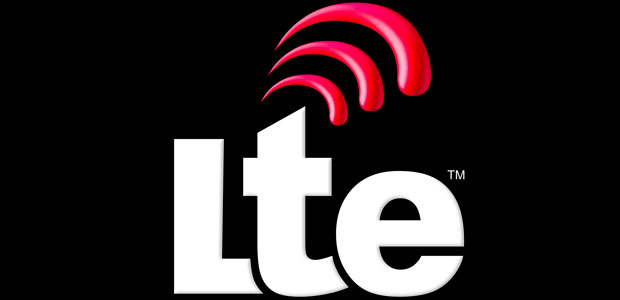Cell service in the United States lags behind other countries but that’s not really a bad thing most of the time. While other countries have strict rules for cellular service, the rules in the US are much less stringent. This has allowed carriers to grow and expand in new and unexpected ways. For example, Sprint uses some of its bandwidth for super-high-speed connections. Cell carriers in the US are not required to used the same frequencies and in fact most do not.
This does mean that a phone made for one carrier might not function as well for another carrier, if it functions at all. Most less-expensive phones only contain the radios they need for a single carrier, and that means that even if you can take your phone across the street to another carrier, you might not get all the features. LTE is a perfect example of this.
Let’s back up a little bit… there are really three incompatible standards used in the US. Sprint and Verizon both use variants of CDMA, the system used in Asia, while AT&T and T-Mobile use the same variant of GSM, the system used in Europe. That’s meant that until recently there’s been no ability to bring phones from one carrier to another since there just wasn’t anything similar about the way they went about their business. That’s changes somewhat because all the major carriers support LTE, which requires a GSM chip in the phone.
If you have the latest phones from Apple, Samsung, HTC, and others, you can probably walk into any carrier and get voice service at least, providing the phone is unlocked. Those high-end phones have all the radios needed for all the carriers. You have the right to unlock any phone you actually own (meaning that it’s not on an installment contract.) Unlocking removes some of the carrier-specific software and makes it possible for your phone to use any network that it has the capability to use. If you have a less-expensive phone, it may lack the GSM radio that you’ll need for true multi-carrier capability.
However, there’s still one hiccup: the LTE capability that lets you use voice from almost any carrier won’t let you use the fastest internet from that carrier. No, that doesn’t seem to make sense, but it’s how it is. Why? Because in the United States, cell carriers are allowed to use tricks like teaming to get higher internet speeds. Sprint’s Spark and Verizon’s xLTE use more than one frequency at a time to make sure you get the fastest possible experience. It’s a novel idea and it works for now (until everyone starts to use it of course, and then it will get just as congested as everything else.) However, it still requires chips in the phone to be able to use that capability and there isn’t a single phone that works with all these schemes. The closest would probably be the iPhone for Verizon which will work with xLTE as well as AT&T and T-Mobile’s LTE frequencies. It still won’t do a lot for you with Sprint other than deliver voice and a relatively slow internet experience.
If we lived in another country where the internet and cellular service were more tightly regulated, you’d be able to take any phone to any carrier and use it to its fullest ability. In fact that capability is required by law in some of the countries with the fastest speeds like South Korea. However, we have a little more freedom here and as they say with great freedom comes… well you probably know.





